Company plans to establish tea growing co-op at Mangrove Mountain
JUST hours from Sydney on the picturesque Somersby Plateau, a fledgling green tea growing industry is about to take off — taking high quality tea to the world.
Central Coast
Don't miss out on the headlines from Central Coast. Followed categories will be added to My News.
THE rolling farmland of the Somersby Plateau could one day be covered in tea plantations if the vision of a local business comes true.
Australian Green Tea Pty Ltd is in the process of establishing a tea-growing co-operative centred around Mangrove Mountain and is looking for ten local farmers willing to cash in on the region’s tea growing potential.
Among their long term plan is to build a major tea processing and packing facility on the Central Coast which could create jobs.
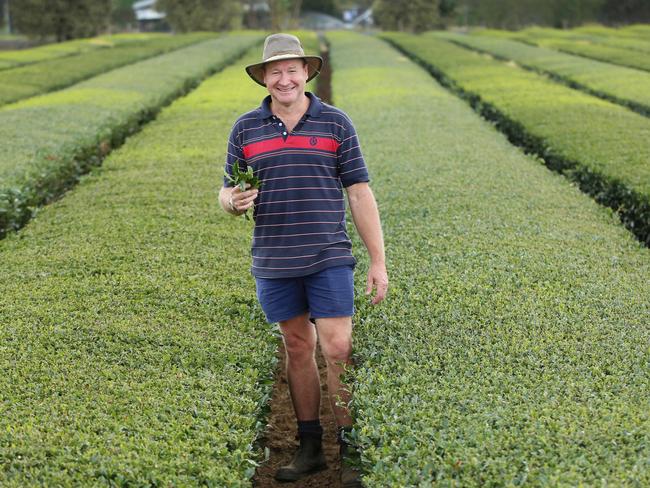
Australian Green Tea’s plans have been given a boost with the announcement of a $100,000 Federal Government grant to help fund costs associated with setting up the co-op.
Australian Green Tea director John Robb discussed future plans with Robertson Federal Liberal MP Lucy Wicks and staff from Regional Development Australia last week at Kunitaro Green Tea at Mangrove Mountain.
The six hectare organic plantation is already leading the way producing around 30 tonnes of high quality Aracha crude green tea annually which is exported to Japan for further processing and packaging.
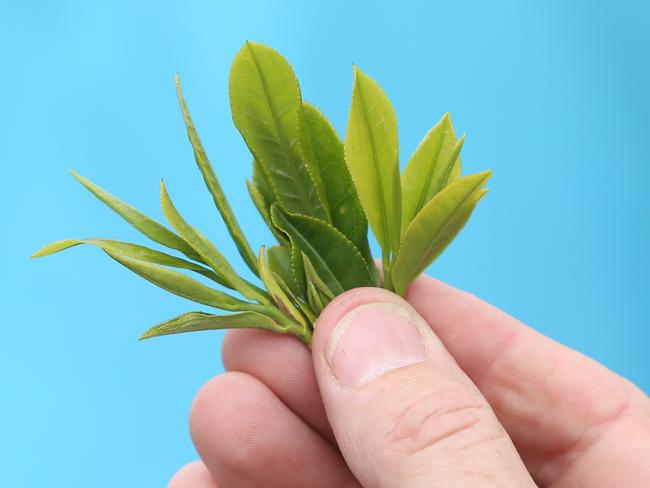
It was the first commercial sized Japanese style green tea processing facility established in NSW.
Mr Robb said Mangrove Mountain was well suited to tea growing with sandy well-drained soils and infrequent frosts.
“The climate is not too harsh but cold enough in the winter to suit the tea plant,” Mr Robb said.
“Tea growing is low maintenance and sustainable and the plants can live for 100 years.”
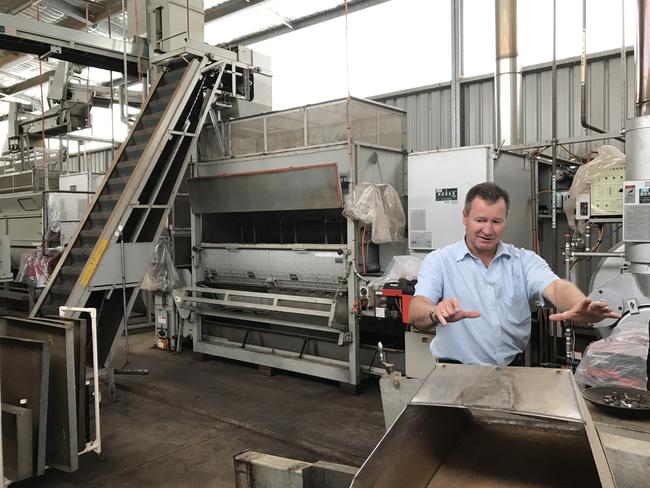
Australian Green Tea consultant Jeff Thompson said one of the main competitive advantages Mangrove Mountain had was a clean and green reputation compared to may parts of the world.
He said premium green tea from the Mangrove Mountain area, made from the first leaves of spring, catered to the highs demand out-of-season period for Japanese drinkers in their northern hemisphere winter.
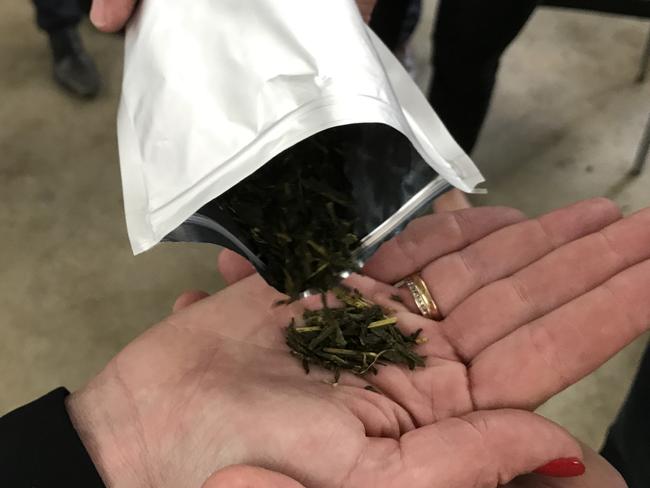
ECONOMIC OPPORTUNITY
REGIONAL Development Australia has been working closely with Australian Green Tea to move forward with it’s co-op plan.
CEO John Mouland said tea growing could end up being as important as the wine industry is in some other regions of NSW.
“We are passionate about the potential of the food industry on the Central Coast,” Mr Mouland said.
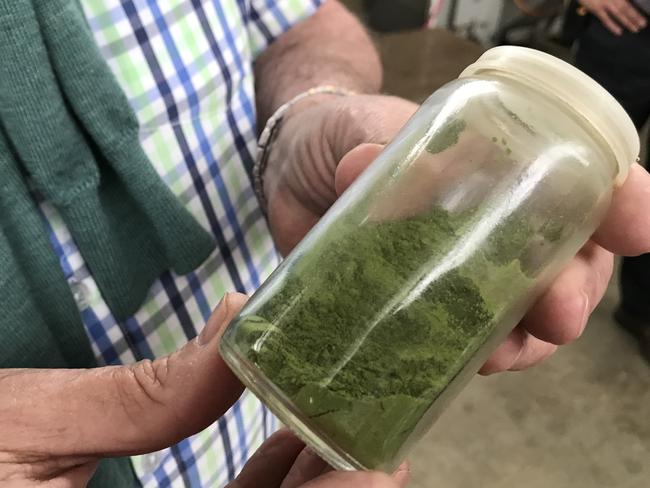
“It’s taken ten years to get to this point and a lot of passion and vision,” he said.
“It’s a great opportunity on so many levels — providing a range of job opportunities and all the flow on positive economic impacts,” he said.
TEA FACTS
■ Main tea growing areas in Australia are Northern Rivers and Queensland for black tea and biggest green tea areas in the highlands around Wangaratta (58 hectares).
■ Green tea is prepared using the leaves of Camellia sinensis which undergoes minimum oxidation during processing.
■ Green tea is the fastest growing segment in the overall tea industry because of its health benefits. Among the claims are that Green tea helps reduce the effect of cancer cells, lowers cholesterol, cures body and head aches and helps in fat reduction.
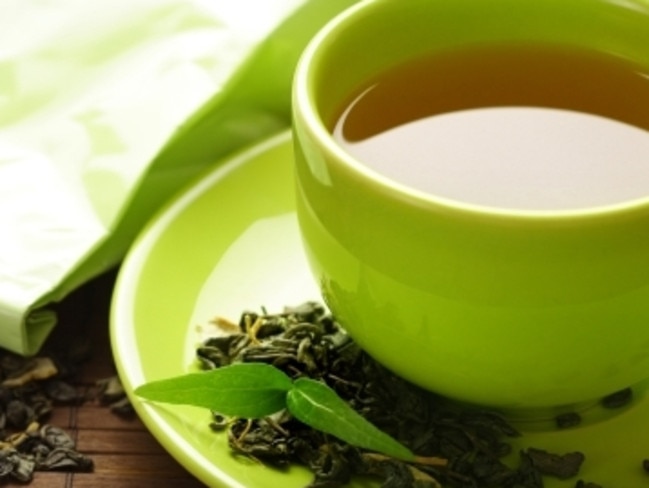
■ In the overall market China is the biggest producer and exporter of green tea.
■ The Asia Pacific is the largest market for green tea including China, Hong Kong, Middle East, Taiwan and Japan
■ Europe represents the fastest growing market for green tea


